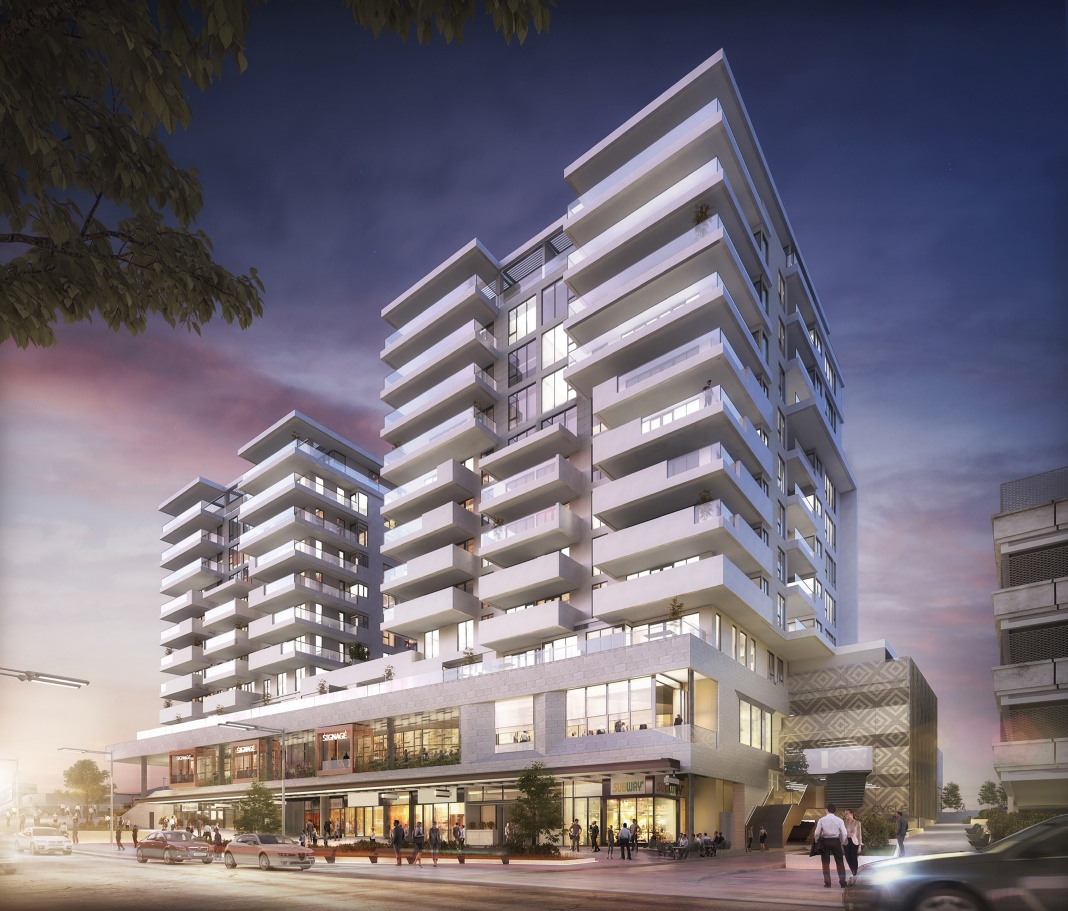As the housing crisis continues to bite, in this edition we are spotlighting the rapidly emerging, and relatively recent phenomenon of apartment living for Kiwis.
Throughout the Bay of Plenty, as in many metropolitan areas throughout the country, more homeowners are electing to avoid the downsides associated with the traditional quarter acre dream, instead opting to buy and live in apartments.
Cross-party consensus in Wellington has seen recent legislative initiatives allowing more intensive urban development.
This controversial move in response to the housing crisis marks a significant change in thinking – some argue it is misguided, ill-conceived and even unnecessary.
The regulatory changes underline the urgency for more flexible housing options. The New Zealand public, irrespective of political persuasion, is clearly signalling shortages in the housing stock must be urgently addressed.
Why apartments?
During the last year Bay of Plenty Business News has featured several significant new apartment developments across the region.
According to Bayleys and EVES Realty Bay of Plenty chief executive officer Heath Young, “Gone are the days of a flat and an apartment being thought of as being the same. Today’s inner-city dwellers want luxury and low to no maintaince. They want to be near bus or train stations or within “scooter” range of cafes and bars and place of work, they want to be able to not have to use their car. The whole “live, work, play” dream is becoming a reality,” he observes.
In February 2021 we wrote about the Luxridge luxury apartment complex in central Tauranga.
According to Luxridge’s Kelly Cotter, “As developers, we are seeing a gradual shift in the market particularly in Tauranga where the local market is definitely favouring more high density living – this is evident in the number of enquiries, off the plans sales and the number of apartment blocks currently in the early stages of planning in the Tauranga CBD and surrounding areas.”
“The way people live their lives has changed over recent times and has been somewhat compounded by Covid 19.
“A large portion of the population no longer desire the Kiwi quarter acre section, want low maintenance living and potentially the space for the ability to comfortably work from home,” he says.
“There are numerous risks and challenges facing developers however with careful planning and management we are able to mitigate the risk of these challenges.”
“All signs are indicating that the market will remain strong for 2022 and beyond, we expect sales will slow in off the plan developments as banks and funding institutions get their heads around the CCCFA requirements and adjust processing times accordingly,” he said.
“We understand there are a number of other developments coming to market shortly, this is an indication that developers are confident that a buoyant market will remain for the short to medium term.“
When pressed on the challenges facing apartment developers and buyers, Heath Young suggests that for developers it will be development costs, the cost of land, the costs councils impose and, right now, the disruption to the construction industry supply chain, due to Covid.
“For buyers it will be the changes to lending criteria and the unknown added costs as supply chain and cost overruns for developers get passed on to buyers,” he says.
In January 2022 we featured another significant Tauranga CBD apartment development Elizabeth Towers. Game changers some have said, likely to change the life and culture of central city Tauranga.
The central Tauranga apartment boom looks to continue unabated. Form’s completion of Latitude Residences, a six-level apartment building to downtown Tauranga was a significant step in the City’s march toward opening up to more luxury apartments.
Other significant apartment developments of note are spread across the region and promise to provide some limited respite to the Bay’s housing crisis; Readers may recall November’s Bay of Plenty Business News in which we explored the housing challenges in a front-page feature story entitled, “The Bay grapples with critical housing shortage – urgent action required.”
In March 2021 we featured Black and Orange Property’s Vantage luxury apartment complex, described as a premium mixed-use, seven storey development in Cameron Road Tauranga.
Of course, not all apartment developments are luxury options, and many others brand themselves as ‘affordable housing’.
We recently spoke to Williams Corporation managing director Matthew Horncastle. Williams Corporation is developing a significant Cameron Road Tauranga project consisting of one- and two-bedroom townhouses.
According to Matthew, “Homes across NZ are becoming smaller to remain affordable for purchasers. There is such interest in apartments here now because they are low maintenance and affordable.”
He warns however that there are still challenges with consenting and delivery, and he points to those as being the reasons you require an experienced builder.
What does he anticipate will happen in 2022 and beyond? “Smaller, low maintenance homes will become more common,” he predicts.
Within the Bay of Plenty, the surge in apartment development is not limited solely to Tauranga – focus in Whakatane has recently been on plans announced to build an apartment complex at a former supermarket site in Kopeopeo with Kāinga Ora in charge of the development.
In central Whakatane, the site of the proposed Wairere Apartments development continues to be of interest to locals.
Rotorua Economic Development reported in 2021 they were eying inner-city carparks for redevelopment as apartments as part of their inner-city apartments action plan.
Heath Young believes there will be some pressure and even some pain, caused by supply chain and cost overruns.
He says, “Strong developers will manage it, but others may falter as we saw during the GFC. However, after the disruption of Covid dissipates, apartment sales as with other residential sales, will recover.
“Longer term, apartments are a growing part of our city’s fabric. We only need to look at Wellington and Auckland or across the ditch to see what will happen here in time.”
Despite consenting hold-ups, labour shortfalls and supply chain delays, the growth in apartment developments looks set to continue at a pace into the future. The question remains however, “Is it fast enough?”
Who are the apartment buyers?
Bayleys and EVES Realty BOP CEO Heath Young suggests typical apartment buyers fall into categories:
- Those who can’t afford the kiwi bach: so, buy an apartment at their favourite holiday hot spot.
- The empty nester: the kids have left home and the parents don’t want the big house and do want to enjoy life more, so the idea of a beautiful apartment is appealing.
- The busy people: don’t want the hassle of grounds to maintain, just want to enjoy life and the benefits of a lock and leave.
- The travellers: people who have sold the “big house” and use the money to buy say an apartment here and another in another city or country to run away too during winter.
- The investor: this is a different type of buyer; this is someone looking for cashflow and capital gain.
- The mum and dad: wanting somewhere safe to put their kids while they are at Uni.
- As urban residential property becomes more expensive and further out from the centre and traffic worsens, the idea of “apartment living” oozes lifestyle and freedom.












